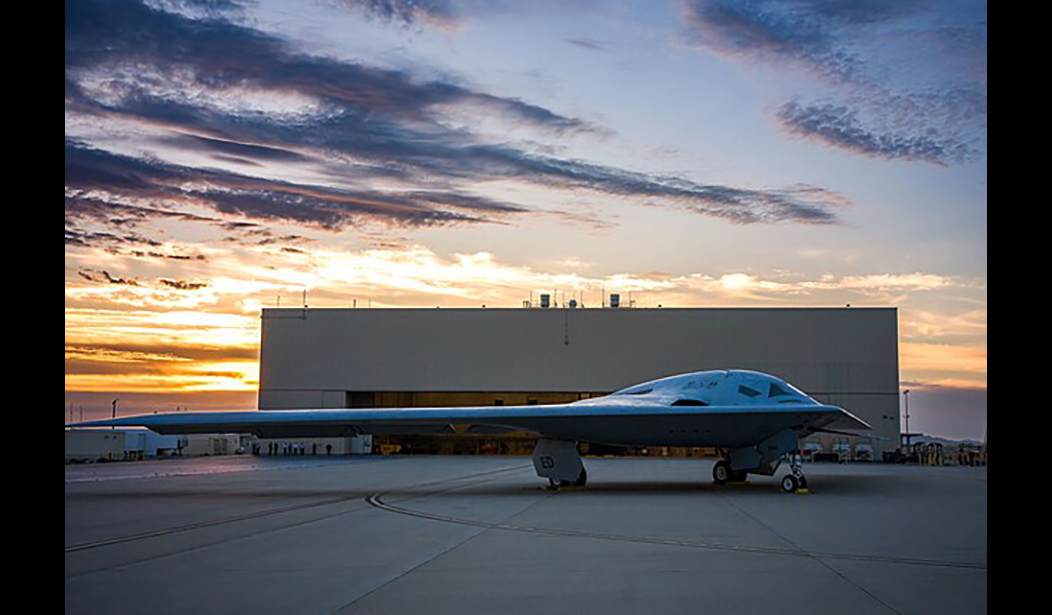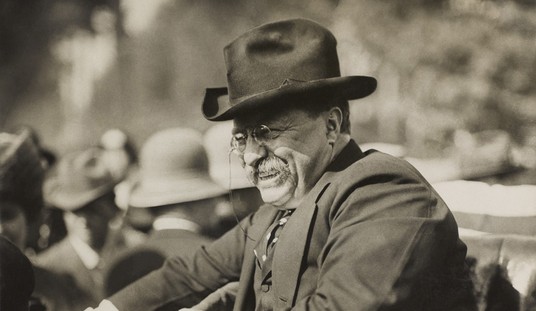During World War 2, the Allies were conducting heavy strategic bombing of Germany. The United States, flying primarily long-range B-17 and B-24 bombers, was flying from bases in Britain, and was conducting daytime, high-altitude precision bombing - precision in those days meant, thanks to the top-secret Norden bombsight, that most of a bomber stream's bombs fell in or around the part of a city a factory or other installation was in, instead of being scattered about the landscape.
The problem was, the bombers were taking heavy losses from anti-aircraft fire and the Luftwaffe. The Allies didn't yet have a fighter that could escort the bombers deep into Germany. That changed with the advent of the P-51 Mustang, a fighter that was a match for anything the Germans flew, and which had range enough to escort the bombers all the way. That was a game-changer.
Now, in the Pacific, in any possible conflict with China, we may find ourselves in a similar position: Our primary fighters, the F-35 and the F-22, are great but have short legs, requiring bases within China's defensive envelope. Both sides, the United States and China, are currently in a contest of development that may well decide control of the Pacific, and any such conflict will be in large part an air war.
From new stealth bombers to AI-enabled drones, the U.S. and China are reshaping airpower for a Pacific showdown – each betting its technology can keep the other out of the skies.
The U.S. is charging ahead with its next-generation F-47 fighter, while China scrambles to catch up with jets designed to match the F-35 and F-22.
After a brief program pause in 2024, the Air Force awarded Boeing the contract in March for the F-47, a manned sixth-generation fighter meant to anchor America’s next air superiority fleet. The first flight is expected in 2028.
At the same time, the B-21 Raider, the stealth successor to the B-2, is deep into testing at Edwards Air Force Base. The Air Force plans to buy at least 100 Raiders – each built to survive inside heavily defended Chinese airspace.
Our bombers have the advantage of being invisible; a Chinese interceptor pilot has to have an eyeball on the target before he can engage. But it's not a great leap of logic to note that a big part of modern American aircraft's long-distance capacity is based on in-flight refueling, and the tankers would seem to represent a vulnerability.
Read More: America Doesn’t Need 600,000 Chinese ‘Students’
But the big problem may be our forward air bases. Like the Royal Air Force and the United States Army Air Force in World War 2, our fighters' range mandates that they be based close to the battlefront, making the bases vulnerable to missile or drone swarm attacks. A long-range fighter would also seem to give us a great advantage.
Chinese military writings identify airfields as critical vulnerabilities. PLA campaign manuals call for striking runways early in a conflict to paralyze enemy air operations before they can begin. Analysts believe a few days of concentrated missile fire could cripple U.S. bases across Japan, Okinawa and Guam.
"The U.S. bases that are forward deployed – particularly on Okinawa, but also on the Japanese mainland and on Guam – are exposed to Chinese missile attack," said Mark Cancian, a retired Marine colonel and senior advisor at the Center for Strategic and International Studies. "In our war games, the Chinese would periodically sweep these air bases with missiles and destroy dozens, in some cases even hundreds, of U.S. aircraft."
Any future war in the Pacific will be a war of high technology: Not just missiles but autonomous drone swarms. The new F-47, now in design, is claimed to have the capacity of controlling several, in effect, drone wingmen, semi-autonomous, possibly AI-controlled escorts that can increase the survivability of our aircraft.
High technology, though, would seem to require high maintenance costs, not to mention time. The F-22 requires many more hours of on-ground maintenance for every hour of air time; much more so than the simpler, piston-engine fighters of World War 2. That will require not only highly trained technicians, but also a constant stream of not only fuel and munitions, but of high-tech repair parts.
Every war, every time, is won or lost by logistics. The side that can keep the most beans and bullets moving forward is the side that wins. That, more than anything else, will decide the future of any war in the Pacific.
Editor's Note: Thanks to President Trump and Defense Secretary Pete Hegseth's leadership, the warrior ethos is coming back to America's military.
Help us report on Trump and Hegesth's successes as they make our military great again. Join RedState VIP and use promo code FIGHT to get 60% off your membership.













Join the conversation as a VIP Member